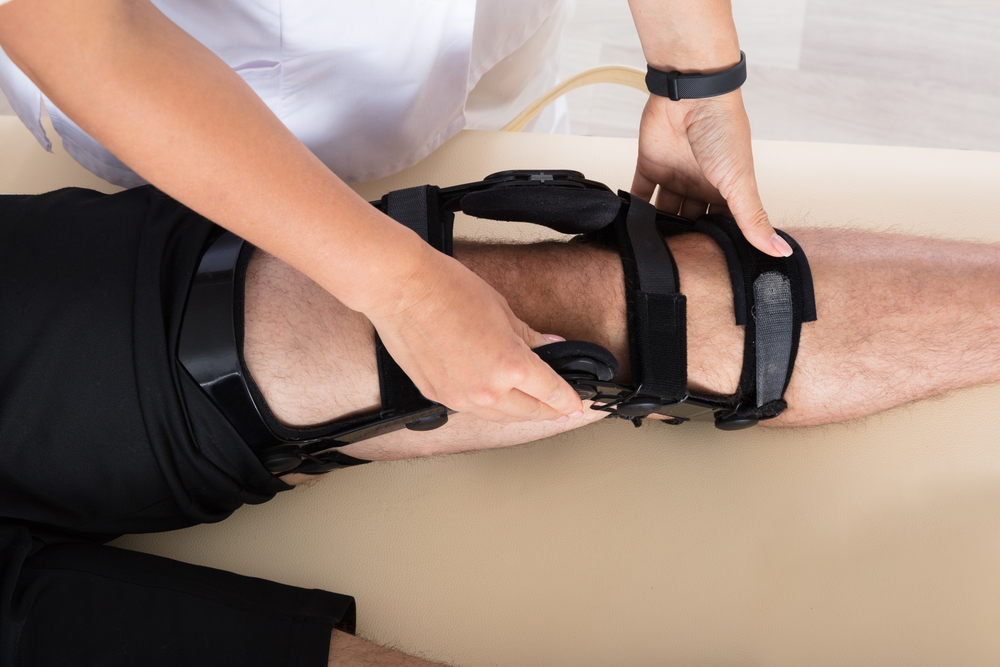Run
- If there is no pain walking or going up or down stairs.
- If the pain or stiffness is only present at the start of the run.
- If the pain does not worsen as you you keep running day after day.
- If you are able to modify the causative factor so that factors 1 – 3 above apply.
- If stretching or ice before your run keeps it under control.
- If the benefits of running exceed the negative effects and you are not creating chronic problems which will affect your activities of daily living.
Don’t Run
- If there is substantial bruising or swelling.
- If the pain is intense and gradually worsening as you run.
- If the pain after the race is disabling.
- If you have an upper respiratory problem which is concentrated in your chest.
- If you have to drastically alter your running form in order to run.
If the Pain Starts at the Start of the Run But Disappears
- Continue to run, but spend more time stretching in your warm-up and/or automassage.
- Start with a slower paced run.
- You can warm-up by walking, cycling or other aerobic activities.
- Consider running later in the day if you are a morning runner.
If the Pain Starts Part Way Into Your Run
- You can continue as long as the pain does not continue to worsen.
- If the pain is intense when it starts, stop and stretch or walk and try to resume running.
- Try to stop running before the normal onset of your pain if you know it won’t go away until you stop. (i.e) ITBFS
- Do part of your workout running and cross train for the rest.
- Try different shoes or terrain or modify your shoes with padding or arch supports.
If the Pain Starts After the Run
- Cut your work out distance in half until the problem is brought under control.
- Make sure you stretch and ice after your run, even before the pain or stiffness starts.
Starting Back After an Injury or Long Lay Off
- Start with at least 50% of your usual training volume.
- Increase your volume by 10% per week if all goes well.
- Take rest days and do some cross training.
- Don’t race until you are ready.
Resting After Race
- Do not run hard or long for one day for each mile that you have raced. (i.e.) 6 days for a l0K race.
N.B. These general guidelines are meant to help you plan safe and effective workouts. Consult your coach or health practitioner for more detailed advice.




